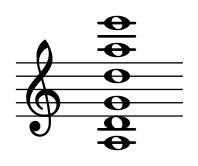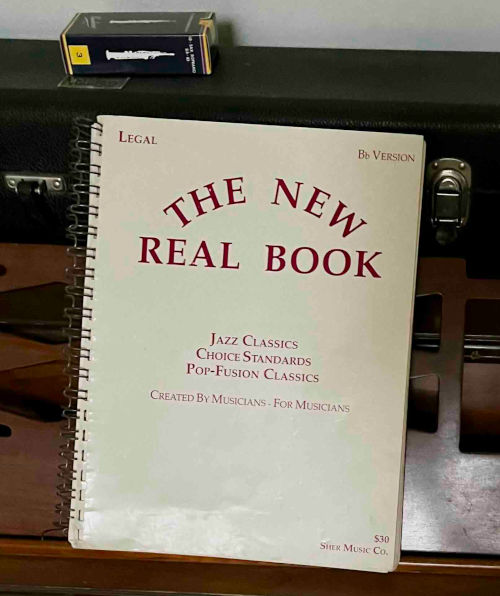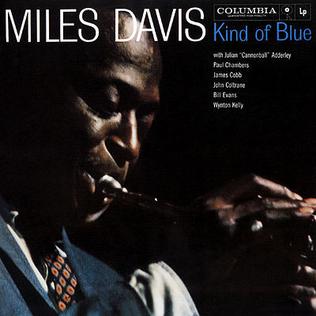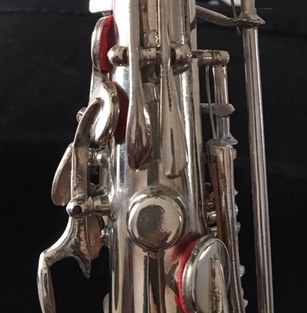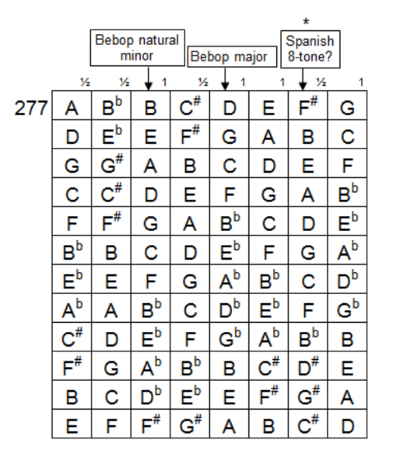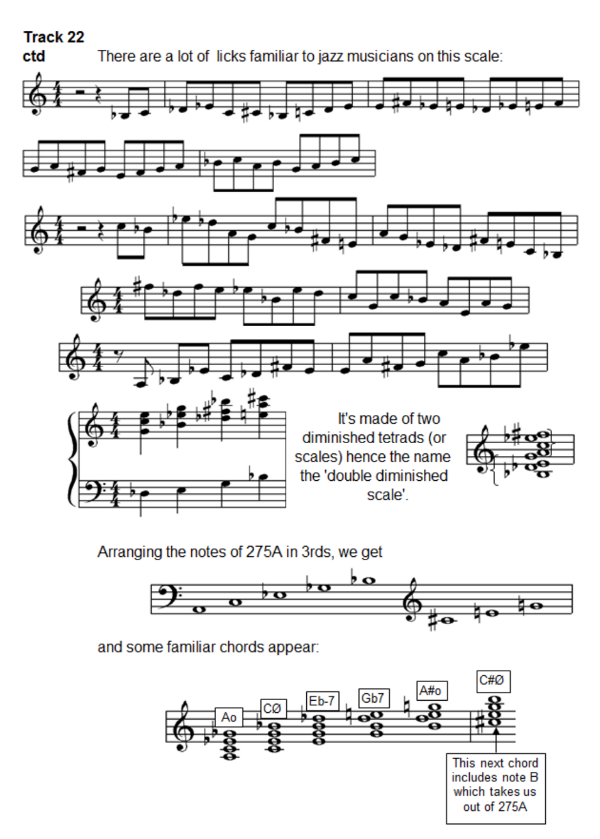A few weeks ago I wrote about how the dissonance of a musical interval is related to the complexity of the frequency ratio as a fraction, where complexity is measured by the sum of the numerator and denominator. Consonant intervals have simple frequency ratios and dissonant intervals have complex frequency ratios.
By this measure, the most consonant interval, other than an octave, is a perfect fifth. And the most dissonant interval is a tritone, otherwise known as the diminished fifth or augmented fourth. So in some sense perfect fifths and tritones are opposites, but they are both ways of splitting an octave in half, just on different scales.
Linear scale versus log scale
When we say simple frequency ratios are consonant and complex frequency ratios are dissonant, we are speaking about ratios on a linear scale. But we often think of musical notes on a logarithmic scale. For example, we think of the notes in a chromatic scale as being evenly spaced, and they are evenly spaced, but on a log scale.
If we divide an octave in half on a linear scale, we get a perfect fifth. For example, if we take an A 440 and an A 880 an octave higher, the arithmetic mean, the midpoint on a linear scale, we get E 660.
But if we divide an octave in half on a log scale, we get a tritone, three whole steps or six half steps out of 12 half steps in a chromatic scale. The midpoint on a log scale is the geometric mean. The geometric mean of 440 and 880 is 440 √2 = 622, which is D#.
So we take the midpoint of an octave on a linear scale we get the most consonant interval, a perfect fifth, but if we take the midpoint of an octave on a log scale we get the most dissonant interval, a tritone.
Tritone substitution
Intervals of a fifth are so consonant that they don’t contribute much to the character of a chord. It is common to leave out the fifth.
Tritones, however, are essential to the sound of a chord. In fact, it is common to replace a chord with a different chord that maintains the same tritone. For example, in the key of C, the G7 chord contains B and F, a tritone. The chord C#7 contains the same two notes (though the F would be written as E#), and you’ll often see a C#7 chord substituted for a G7 chord. So a song that had a Dm–G7–C progression might be rewritten as Dm–C#7–C, creating a downward chromatic motion in the base line.
This is called a tritone substitution. You could think of the name two ways. In the discussion above we talked about preserving the tritone in a chord. But notice we also changed the root of the chord by a tritone, replacing G with C#. More generally, replacing any chord with a chord whose root is a tritone away is called a tritone substitution or simply tritone sub. For example, a D minor chord does not contain a tritone, but we could still do a tritone sub, replacing Dm with G#m because D and G# are a tritone apart.
Related posts
